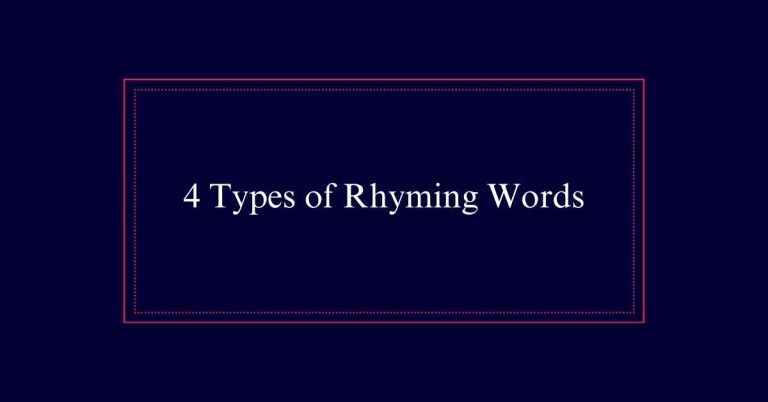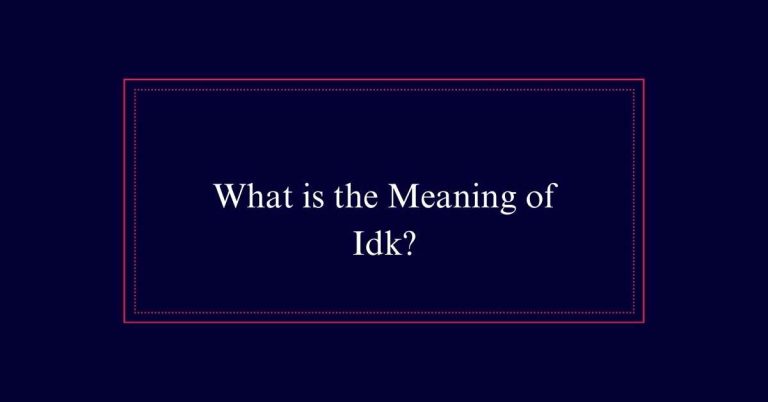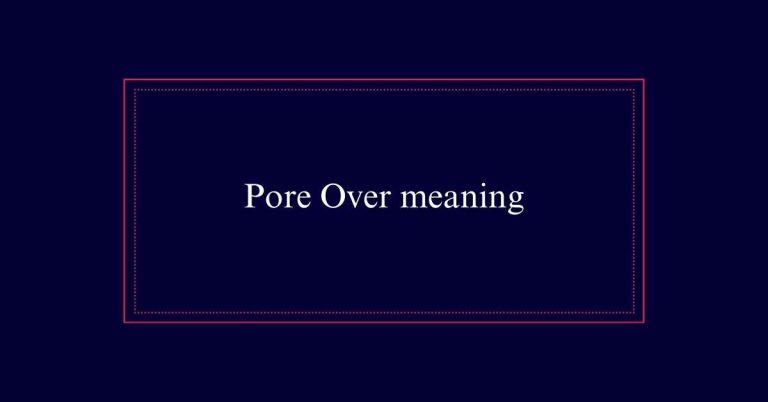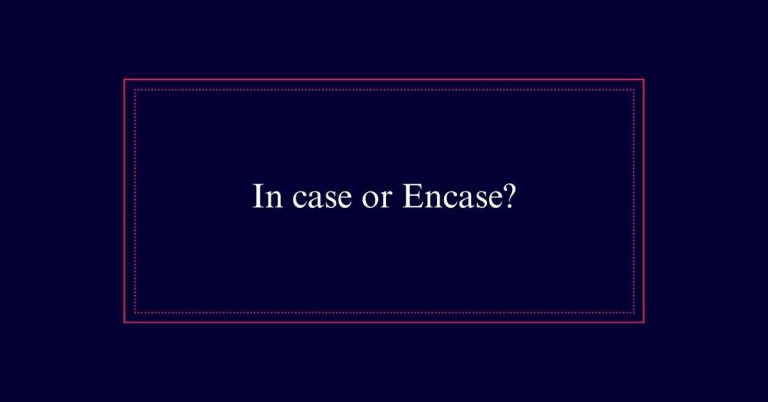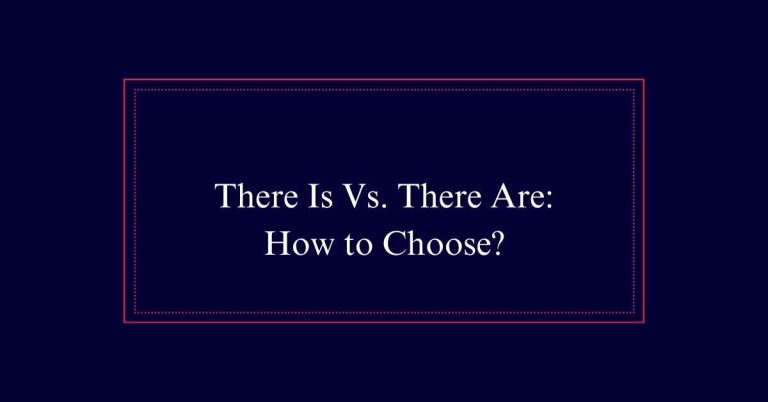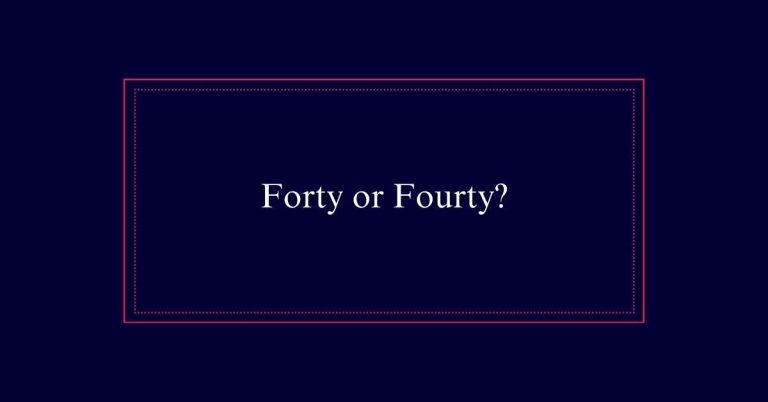Formal Vs. Informal Writing
Formal and informal writing differ greatly in tone, structure, and word choice. Formal writing is structured, professional, and objective, commonly used in business, academic, and official communications. It avoids slang, contractions, and colloquialisms. Informal writing is more relaxed, conversational, and personal, often using contractions, slang, and emotion. It is typical in casual conversations, text messages, and social media posts.
Understanding Informal Language
Crucial language frequently mirrors everyday speech and is often used in casual conversations. It is common among close acquaintances. This style of communication is relaxed and spontaneous. People utilize contractions, slang, abbreviations, and emotional expressions.
For example, one might say, ‘Hey, wanna grab coffee?’ instead of ‘Would you like to join me for coffee?’ Informal language may also lack formal greetings and closings, making it direct and personal. It allows for a more personal connection.
This type of language is suitable for quick casual invitations or friendly messages.
Characteristics of Informal Writing
Casual writing often incorporates elements like contractions, slang, and personal anecdotes to create a conversational tone. It resembles spoken conversation and is typically used with close acquaintances.
This style is marked by the use of abbreviations, informal greetings, and emotional expressions. Unlike formal writing, it allows for a more relaxed structure, often lacking strict adherence to grammar rules. Sentences are usually shorter and more direct, making the text easier to read.
Informal writing can include humor and personal opinions, aiming to engage the reader personally. It is well-suited for emails, text messages, and social media posts where the goal is to communicate quickly and effectively.
Examples of Informal Writing
Many everyday communications, like text messages and social media posts, exemplify informal writing. These messages often include contractions, slang, and abbreviations.
For instance, a text message to a friend might read, ‘Hey! Wanna grab lunch?’ This sentence is casual, direct, and informal.
Social media updates, such as a Facebook status or a tweet, also showcase informal writing. They might say, ‘Just watched an awesome movie!’ Such posts use exclamations and a conversational tone.
Informal writing is also common in quick emails to close colleagues. An example could be, ‘Can we reschedule our meeting to 3 PM?’ This type of writing is straightforward and personal.
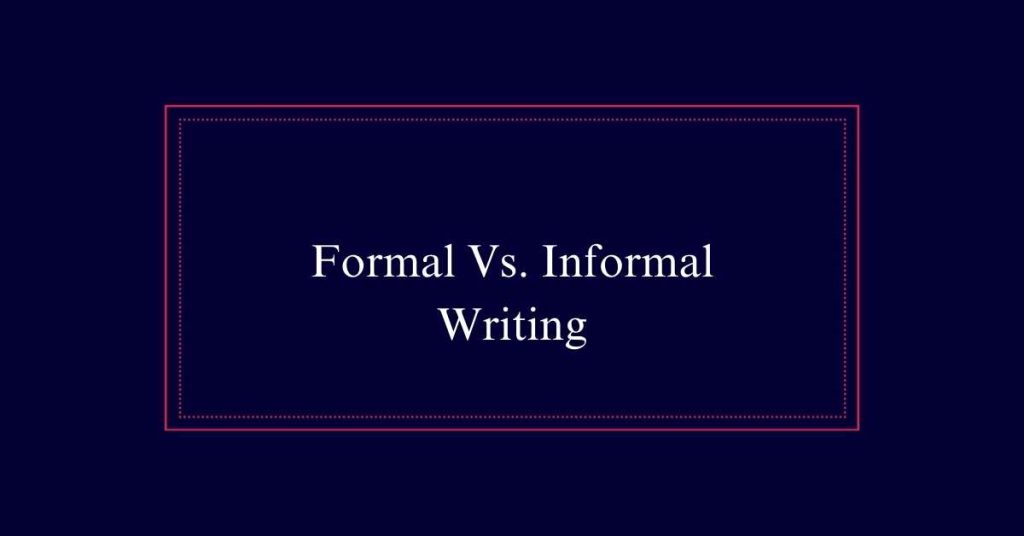
Exploring Formal Language
Formal language is characterized by its structured and professional tone. It is commonly used in business, academic, and official communications. The language is precise and avoids slang, colloquialisms, and contractions.
Sentences are typically longer and more complex, providing clarity and formality. Abbreviations are spelled out upon first use and exclamations are avoided to maintain a serious tone.
Formal language also refrains from using first or second-person pronouns, favoring a more objective and detached perspective. This tone is essential when addressing unknown recipients or in professional settings.
Key Features of Formal Writing
The hallmarks of formal writing include structured sentences, precise word choice, and an objective tone. This style is crucial in professional and academic settings where clarity and professionalism are paramount.
Formal writing avoids colloquial expressions and maintains a serious tone throughout. It often involves complex sentences and specific terminology relevant to the subject matter.
Key features of formal writing:
- Structured Sentences: Sentences are well-organized and follow proper grammar rules.
- Precise Word Choice: Words are chosen for accuracy and formality.
- Objective Tone: Writing remains neutral and impersonal.
- Complex Sentences: Ideas are expressed through sophisticated sentence structures.
- No Slang or Contractions: Informal language is strictly avoided.
Where Formal Writing Is Used
In professional and academic environments, formal writing is essential for clear and respectful communication. It is commonly used in business documents such as reports, proposals, and cover letters. Academic settings also rely on formal writing for essays, research papers, and dissertations.
Legal documents, including contracts and agreements, require a formal tone to guarantee clarity and precision. Government communications, such as policy documents and official letters, use formal writing to maintain professionalism and authority.
Additionally, formal writing is vital in scientific publications where accuracy and objectivity are paramount. In these contexts, formal writing helps convey information effectively while upholding the standards of professionalism and respect required in serious and official communications.
Determining Appropriate Style
Choosing the right style of writing depends on understanding the context and audience. Determining whether to use formal or informal language is essential for effective communication. Formal writing is typically used in academic, professional, and official settings, while informal writing suits personal and casual contexts.
Here are key factors to take into account when deciding on the appropriate style:
- Purpose: Is the writing intended to inform, persuade, or entertain?
- Relationship: What is your connection with the reader?
- Setting: Is the environment professional, academic, or casual?
- Medium: Are you writing an email, report, or text message?
- Tone: Do you need to maintain a serious or relaxed tone?
Considering Your Audience
Understanding your audience is essential for determining the appropriate level of formality in your writing. When addressing prospective clients or business partners, a formal tone is usually fitting. This showcases professionalism and respect.
On the other hand, when communicating with close acquaintances or colleagues with whom you have an established relationship, a more informal tone may be suitable. This fosters a sense of familiarity and ease.
Always consider the expectations and preferences of your readers. In professional settings, objectivity and clarity are crucial. Tailoring your writing style to your audience ensures your message is well-received and effective.
Balancing Formality and Informality
Striking the right balance between formality and informality can enhance the effectiveness of your communication. Too formal, and you may seem distant; too informal, and you might appear unprofessional. Understanding your audience and context is key. A blend of both styles can create an engaging yet respectful tone.
Consider the following factors:
- Audience: Tailor your level of formality to who you are addressing.
- Purpose: Match your tone to the objective of your communication.
- Context: Adapt based on the setting, whether it’s a business meeting or casual email.
- Clarity: Make sure your message is clear and not overshadowed by overly complex language.
- Flexibility: Be prepared to adjust your tone as familiarity with your audience grows.

